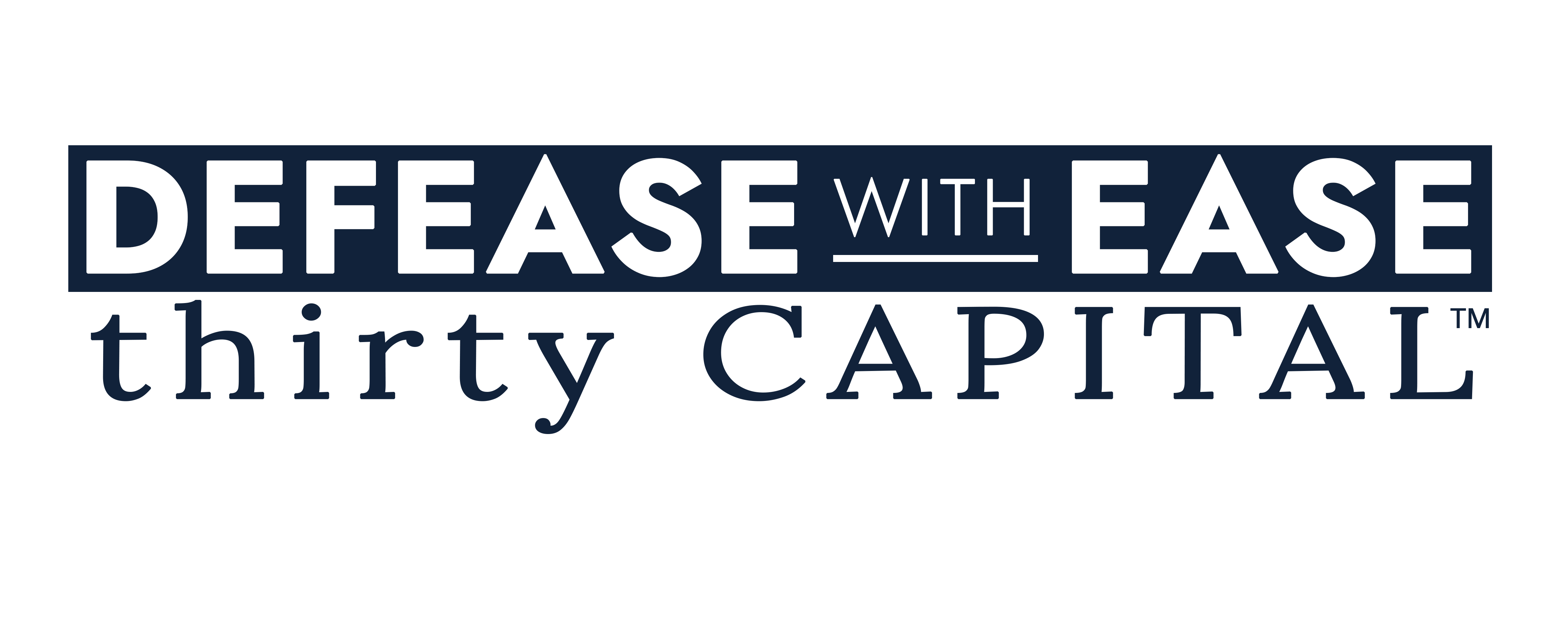Multifamily owners are increasingly facing hard decisions as debt maturities loom. Declining net operating income (NOI), compressed valuations, and tightened lender requirements have made traditional paths like refinancing or extensions more complex—if not costlier. Here’s a breakdown of one multifamily owner’s strategic options and the decision framework that guided their solution.
Want to listen to the discussion led by capital markets experts Mark Runde and Kevin Swill?
Click here to watch the 20-minute on-demand recording of the live case study.
The Scenario: A Capital Crunch at Maturity
A 300-unit multifamily property in Florida, acquired in 2018 for $50 million, had recently completed a full value-add renovation. The current $34 million loan is approaching maturity with no prepayment penalty. However, a combination of increased vacancies, lower rents, elevated concessions, property tax reassessment, and surging insurance premiums has resulted in a significant NOI decline.
The owner is a generational sponsor with a long-term hold strategy—selling isn’t ideal, but maturity is imminent. The existing lender has offered a two-year extension… with conditions: a $5 million paydown and a 200 basis point rate hike, bringing the interest rate to 5.25%.
Evaluating the Options: A Four-Path Decision Tree
The sponsor and advisory team evaluated four capital stack strategies:
1. Extension + Capital Call
This option leverages the lender’s offer of a two-year extension, funded by a $5 million capital call from the existing LP base. The benefit of this route is speed: working with the current lender means faster execution and a streamlined process. The extension would give the sponsor time to stabilize the property and recover NOI. However, the drawbacks are significant. The interest rate would increase by 200 basis points, raising holding costs. More critically, LPs may be unwilling or unable to contribute more equity—especially in a challenging market where many investors are already overallocated. Even if funding is secured, there’s no guarantee that the operational performance will rebound within the two-year window, putting the entire strategy at risk.
2. Extension + Preferred Equity
This path keeps the existing lender and extension structure but replaces the LP capital call with external preferred equity. The appeal here is clear: sponsors avoid tapping LPs who may be fatigued or constrained, and they retain control of the asset. Execution remains relatively fast since no full underwriting is required. On the downside, preferred equity typically carries higher return expectations—currently ranging from 11% to 15% IRR—and its position in the capital stack can introduce complexity. Depending on the structure, preferred equity may be senior to common equity in distributions or liquidation, causing dilution and potential misalignment with existing investors.
3. Full Refinance
A traditional refinance involves replacing the maturing loan with a new one from a different lender. This strategy can unlock better long-term terms and eliminate the immediate need for a capital call. It also resets the maturity clock, allowing the sponsor a longer horizon to drive operational improvements. But in today’s market, refinancing comes with its own challenges. New lenders require full underwriting, which slows execution. More importantly, appraised values and constrained lending terms often prevent full repayment of the existing loan. Sponsors may still need to bring in gap capital, and rate volatility adds further uncertainty. This option may not close the capital gap without layering in additional equity.
4. Property Sale
Marketing the asset for sale could be an exit strategy that avoids capital calls and operational risk. It potentially returns capital to investors and eliminates exposure to further deterioration in NOI. For sponsors under pressure or facing unwilling LPs, it offers a clean break. However, in this specific scenario, the asset would likely trade below pro forma expectations due to the distressed NOI, delivering subpar returns to investors. Selling now could also close the door on future upside as the market recovers—an unattractive outcome for long-term holders. The sale option may also negatively impact sponsor credibility and future fundraising if results fall below investor targets.
Underwriting the Right Fit: Debt and Equity Sources
Given the borrower’s long-term hold strategy and the LPs’ reluctance to contribute more capital, the sale and capital call were deprioritized. The refinancing route proved challenging due to lower asset valuations and higher underwriting hurdles. While agencies like Fannie and Freddie were quoting rates between 5.0–5.45%, even favorable debt terms couldn’t replace the existing balance without a gap filler.
That left the preferred equity structure as the most feasible solution.
To validate the approach, the team modeled each option’s impact on the capital stack, cashflow, and investor returns. A preferred equity solution yielded a modeled equity multiple of 1.8x and an IRR of 8.4%—acceptable in a distressed environment, with room for upside as the property stabilized.
Preferred equity also offered structural advantages, including interest-only periods and tailored distribution waterfalls. Multiple partners were considered, ranging from institutional capital to private equity funds, each with slightly different hurdle rates and hold periods.
Ongoing Portfolio Intelligence
Beyond the single transaction, the firm emphasized the importance of recurring portfolio reviews. Defease With Ease | Thirty Capital used its asset and debt management platform, Lobby CR E, to track maturities, interest rate exposures, and equity positions across the sponsor’s holdings.
E, to track maturities, interest rate exposures, and equity positions across the sponsor’s holdings.
Using forward curves and debt scorecard analytics, the team identifies early-stage opportunities to refinance, recapitalize, or hedge risk—well before loan maturity forces a crisis. The lesson: proactive debt management is not a once-and-done decision. It’s a recurring strategic discipline.
Final Takeaway: Capital Stack Management Is a Strategic Lever
In today’s market, debt isn’t just a cost of capital—it’s a dynamic lever for value creation or value preservation. The most successful sponsors treat capital stack decisions with the same rigor as leasing or asset management.
When NOI declines or rates rise, defaulting to the “easy” path—extensions or delayed action—can quietly erode value. By organizing the full capital picture, triaging debt risks, and optimizing based on goals and market realities, CRE firms can regain control, protect equity, and position themselves for future success.
Defease With Ease | Thirty Capital’s Debt & Risk Analysis Report (i.e., Debt Scorecard) provides monthly, bite-sized insights to track loan covenant compliance, time refinancing decisions, identify capital stack risks, and more. See how it works.



